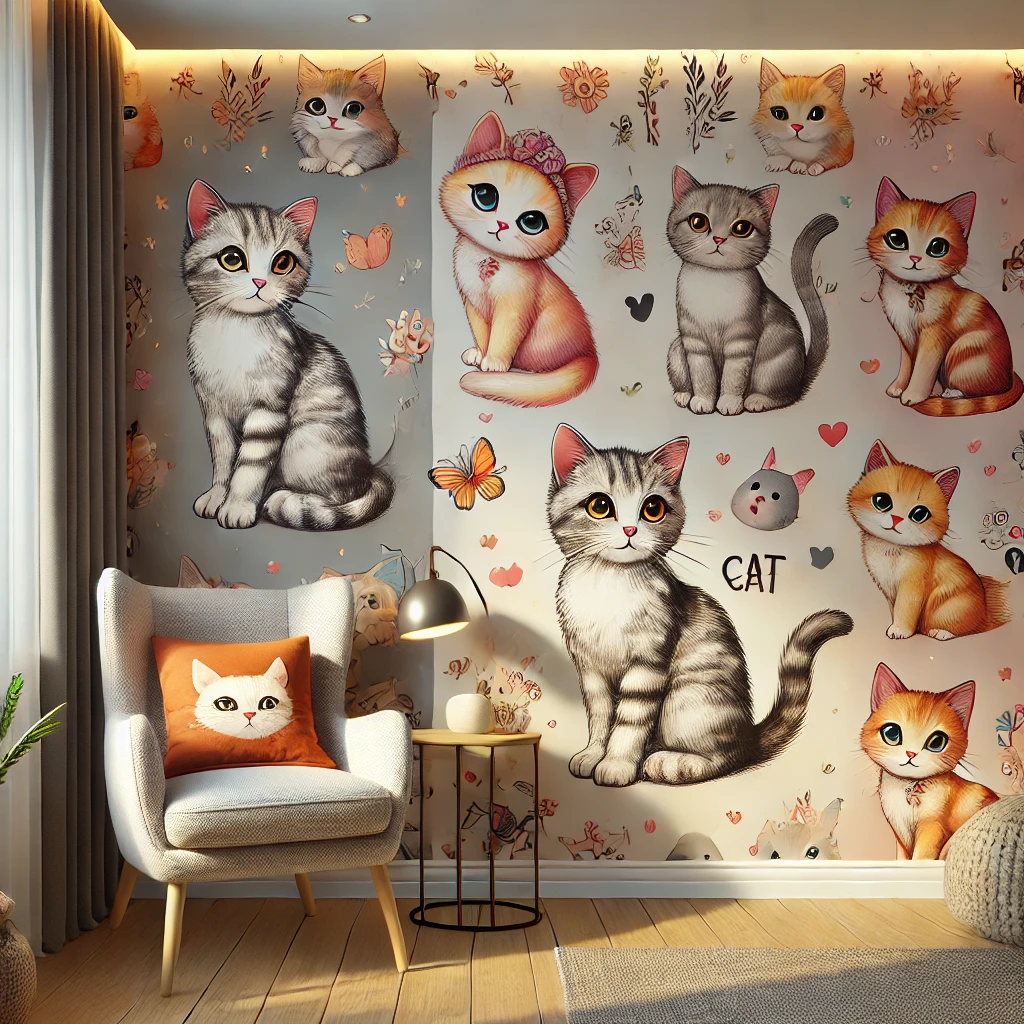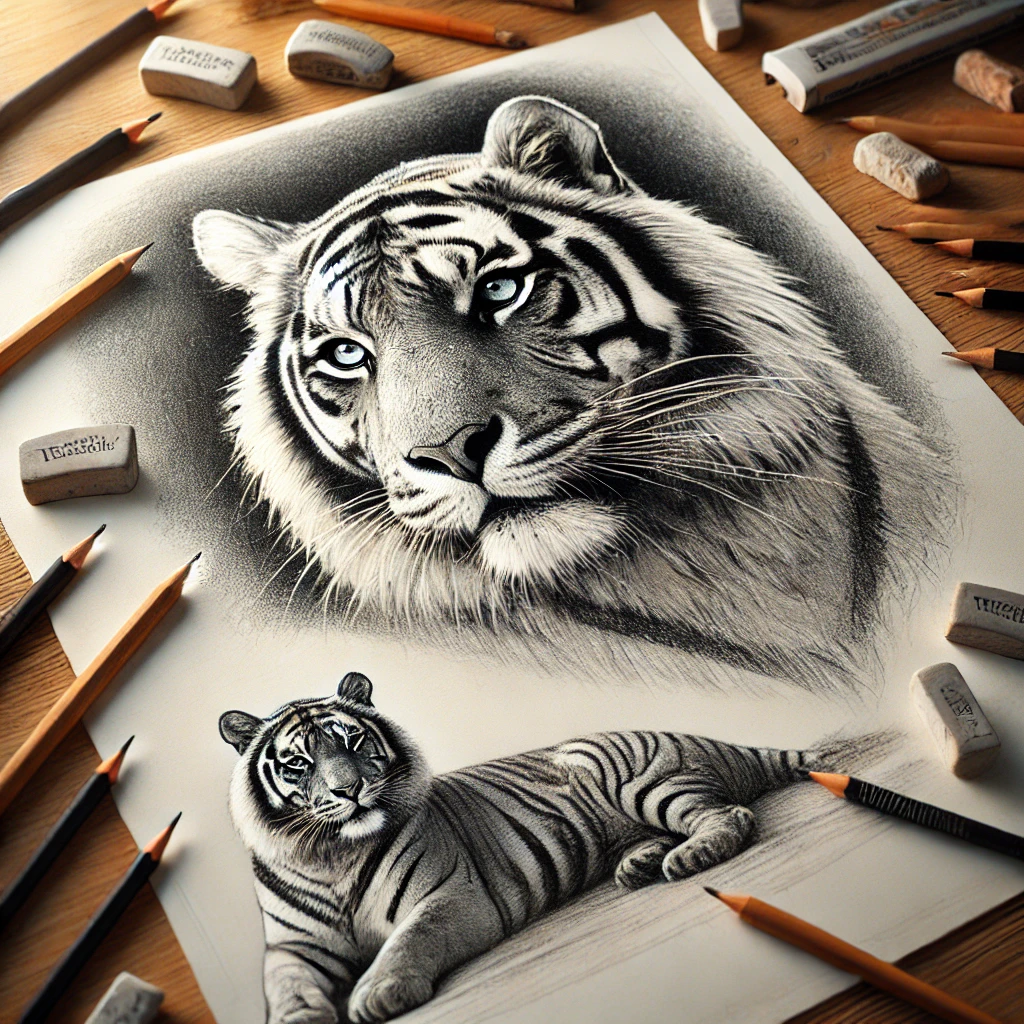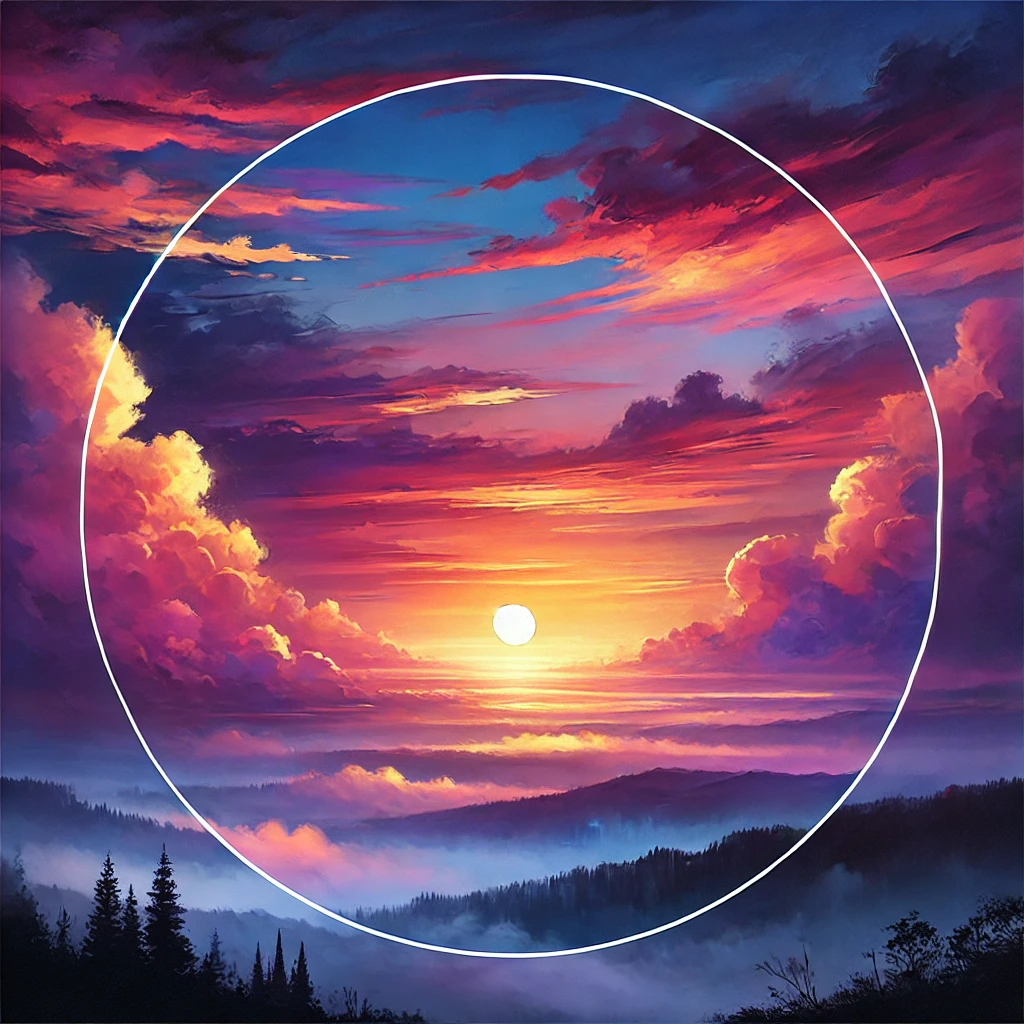Cats, with their sleek bodies and graceful movements, have captivated artists for centuries. Whether you’re a beginner or a seasoned artist, creating detailed and expressive drawings of cats offers a fulfilling artistic challenge. In this article, we’ll explore the art of drawing cats, focusing on anatomy, techniques, and how to capture their mysterious charm. Let’s dive into how you can master the Drawing:8mi9vnj1ccs= Cat.
Introduction to Feline Art
Cats have been a popular subject in art for centuries, from ancient Egyptian depictions to modern illustrations. Drawing cats is not only a way to appreciate their beauty but also an excellent opportunity to develop your skills in animal anatomy and expression. Their distinct personalities, mysterious eyes, and flexible bodies make them a compelling subject for any artist.
Mastering Drawing:8mi9vnj1ccs= Cat allows you to express creativity while exploring various techniques. Whether you prefer sketching, shading, or experimenting with digital tools, drawing cats can be a rewarding experience.
Cultural Influence of Cats in Art
Throughout history, cats have held significant cultural importance. In ancient Egypt, cats were revered as sacred animals. Their images adorned tombs, statues, and hieroglyphs. Depicting a cat in art wasn’t just about capturing a pet; it was about honoring an animal that symbolized protection and mystery.
In Japan, the “maneki-neko” or beckoning cat is a common symbol of good luck. Many cultures worldwide have adopted cats into their folklore and artistic traditions, making them a universal subject in art. By working on Drawing:8mi9vnj1ccs= Cat, artists today contribute to this rich history of feline representation.
Different Styles of Cat Art
There are many ways to depict cats in art, from realism to abstract interpretations. Here are some styles to consider when working on your Drawing:8mi9vnj1ccs= Cat:
Realism: If you’re focusing on realistic detail, understanding the anatomy and fur texture of a cat is essential. Realistic cat art captures the true proportions, expressions, and movements of the animal.
Abstract: Abstract cat art focuses on form and shape, often using geometric or exaggerated features to convey emotion or movement. This style can bring a unique flair to your Drawing:8mi9vnj1ccs= Cat.
Anime/Manga: In anime and manga, cats are often stylized with large, expressive eyes and exaggerated movements. If you’re into this style, your cat drawings can lean more toward whimsy and personality rather than strict realism.
Cartoon: Cartoon cats are usually drawn with exaggerated features like big eyes, tiny bodies, and expressive tails. This playful style is perfect for conveying a cat’s mischievous nature.
Each style offers something different, so don’t be afraid to experiment until you find what resonates with your vision of Drawing:8mi9vnj1ccs= Cat.
Step-by-Step Guide for Beginners
If you’re new to drawing cats, here’s a simple step-by-step guide to get you started:
Start with Basic Shapes: Begin by sketching basic shapes. Draw an oval for the body, a circle for the head, and simple lines to indicate the legs and tail. These shapes will form the foundation of your drawing.
Refine the Shapes: Once you’ve sketched the basic outline, start refining the shapes. Smooth out the body, define the face, and add the ears. At this point, don’t worry about the details—focus on getting the proportions right.
Add the Face and Features: Cats’ faces are expressive, so take your time with the eyes, nose, and mouth. A cat’s eyes are typically large and almond-shaped, with the pupils adjusting to light. This is crucial for capturing the essence of your Drawing:8mi9vnj1ccs= Cat.
Detail the Fur: Whether your cat is fluffy or has sleek, short fur, capturing the texture of the coat adds realism to the drawing. Use short, quick strokes for short fur, and longer, smoother lines for fluffy cats.
Finalize with Shading: Add shading to give the cat a sense of depth. Observe how light falls on the body and use soft shading techniques to highlight muscle tone, fur texture, and facial expressions.
Digital Tools for Cat Drawing
For artists looking to experiment with digital media, there are plenty of tools available to enhance your Drawing:8mi9vnj1ccs= Cat. Programs like Procreate, Photoshop, and Clip Studio Paint offer a variety of brushes that mimic the texture of fur, allowing you to create detailed and vibrant cat drawings with ease.
Layers
One of the best features of digital art is the use of layers. You can separate different parts of the drawing, like the outline, shading, and color, onto different layers, which makes it easier to make adjustments without affecting the entire piece.
Brushes
Digital brushes can replicate the look of pencils, charcoals, and even fur textures. These tools can give your Drawing:8mi9vnj1ccs= Cat a polished and professional finish.
Undo Function
Don’t underestimate the power of undo! Digital art allows you to make mistakes and correct them instantly, helping you learn without frustration.
Advanced Cat Drawing Techniques
For more experienced artists, creating a Drawing:8mi9vnj1ccs= Cat can offer opportunities to refine advanced techniques, such as:
Dynamic Poses: Cats are agile creatures known for their graceful leaps and stretches. Drawing cats in dynamic poses requires a good understanding of anatomy and motion. Start with gesture lines to capture the movement, then build the form around them.
Fur Detail: For long-haired cats, fur detailing can be intricate. Use a combination of soft and hard lines to convey the layers of fur. This creates a more realistic and tactile representation of the cat.
Lighting and Shadows: Playing with light can make your drawing more dramatic. Use contrast to highlight certain features like the cat’s eyes or the curve of its body. This adds depth and makes the drawing more visually striking.
Inspiring Creativity in Cat Art
Drawing cats can spark creativity in unexpected ways. As you refine your technique, you’ll find yourself exploring different ways to capture a cat’s essence, whether through their playful nature, intense stare, or their relaxed lounging posture. Each cat is different, and each Drawing:8mi9vnj1ccs= Cat you create will reflect that uniqueness.
Connecting with Viewers
Cats have an almost universal appeal, which is why drawings of cats resonate so strongly with viewers. People love cats, whether they are pets or simply admired from afar. By mastering Drawing:8mi9vnj1ccs= Cat, you can tap into this connection and create art that people love and relate to.
Famous Artists and Their Cat Drawings
Several renowned artists have created iconic cat drawings that continue to inspire art lovers today:
Leonardo da Vinci: Known for his detailed studies of anatomy, da Vinci’s cat drawings are admired for their accuracy and beauty.
Louis Wain: Famous for his anthropomorphic cat drawings, Wain’s work is colorful and whimsical, capturing the playful spirit of cats.
Tove Jansson: Creator of the Moomins, Jansson’s cat drawings exude warmth and charm, appealing to both children and adults.
Future of Drawing Cats
As technology continues to evolve, so do the tools and methods for drawing cats. Digital illustration software has made drawing more accessible than ever. In the future, we may see even more immersive techniques, such as virtual and augmented reality, allowing artists to create lifelike cat art in a 3D space. Drawing:8mi9vnj1ccs= Cat is not just a skill; it’s a growing field of artistic expression that will continue to evolve with technology.
Conclusion
Mastering Drawing:8mi9vnj1ccs= Cat requires both technical skill and creative exploration. From understanding feline anatomy to experimenting with digital tools, drawing cats offers endless possibilities for artistic growth. Whether you are a beginner or an experienced artist, this guide will help you refine your skills and create captivating feline illustrations. As you continue to practice, you will not only enhance your ability to draw cats but also contribute to the rich tradition of feline art.
By following these steps and allowing yourself to explore different styles and techniques, you can create drawings that not only reflect the beauty and grace of cats but also connect with viewers on an emotional level.



